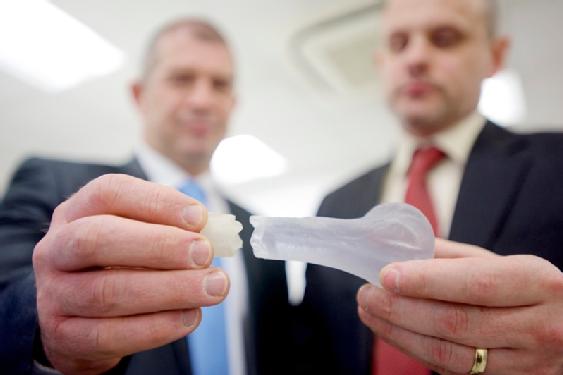WMG News - Latest news from WMG
University of Warwick technology helps solve over 300 murder cases
Over 300 murder cases have been solved over the last decade using cutting edge 3D imaging technology from WMG at the University of Warwick.
The technology, which can produce images with resolutions 1000 times more detailed than a hospital CT scan, has been used in murder cases by 30 police forces across the UK to view injuries in incredibly high detail.
 This has helped to convict the guilty, as well as prove innocence. The technology is so advanced that it can show the difference between a wound inflicted with force, versus the typical profile of one delivered by natural causes. Cases have included strangulation, stabbing, blunt force trauma and bone fractures.
This has helped to convict the guilty, as well as prove innocence. The technology is so advanced that it can show the difference between a wound inflicted with force, versus the typical profile of one delivered by natural causes. Cases have included strangulation, stabbing, blunt force trauma and bone fractures.
The technology was first used in 2014 when West Midlands Police approached WMG’s Professor Mark Williams. They asked him to help with their investigation into the grisly Birmingham canal murder, where a body was discovered in a suitcase in a Birmingham canal.
Professor Williams comments: “We were able to help the Police by examining a charred piece of evidence thought to contain human bone.
“We discovered that it was a perfect jigsaw fit to another piece of bone in the suitcase, and, using the very high-resolution scanning technology, we were able to show the tool marks on both pieces in micro scale (one 50th of a millimetre).
“These matched the characteristics expected for the type of saw the offender had disposed of, alongside the victim.”
This microscopic level of detail led to the conviction of murderer Lorenzo Simon, who was jailed for 19 years.
This marked the start of a productive research partnership for WMG with West Midlands Police, who have now used the technology in dozens of murder cases. Now, 30 police forces in the country have used the cutting-edge technology.
The technology has also been used in other high-profile cases, including to rule out foul play. In one case where a 64-year-old had fallen, 3D model printing of the skull of the deceased showed exact matches with the geometry of the doorhandle, suggesting a fall. This resulted in the cause of death being ruled as accidental.
The high-resolution scans were also used to help convict Tipton murderers Nathan Maynard-Ellis and David Leesley, who dismembered their victim. The scans helped prove the deliberate nature of their behaviour after their crime, including the direction and variation of their cuts. Both were convicted and will serve a life sentence.
Read more about WMG’s Metrology and 3D Imaging research here: Metrology and 3D Imaging (warwick.ac.uk)
